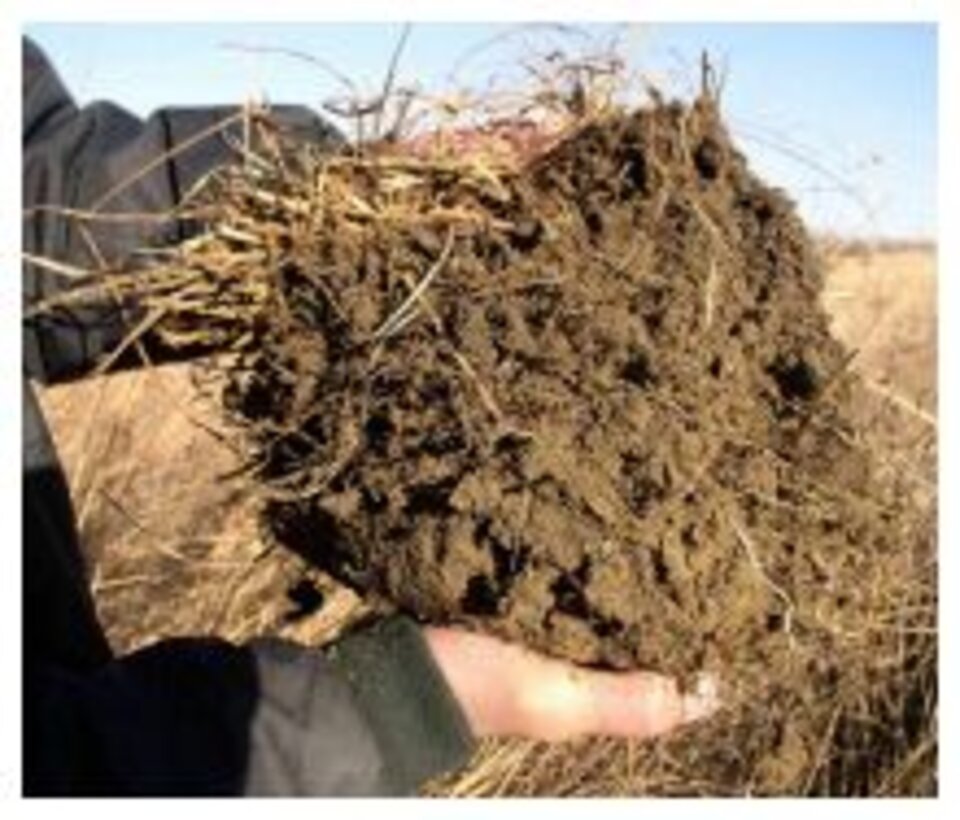Soil Biological Life

While tillage has been used to prepare a seedbed, it also destroys the existing root structures in the soil and some of the soil's biological life. Without this biological life, soil structure suffers and many of the nutrients are not as available for crop uptake.
- The roots themselves are like rebar in concrete, giving the soil structural stability.
- The decaying roots provide channels for water penetration and new roots to grow in.
- The many fungi, bacteria and other microorganisms are the glues that hold individual soil particles together. They also process the roots and residue of the previous crops, cycling nutrients and carbon through the soil system.
- Larger organisms such as larva, bugs and worms feed on the microorganisms further cycling materials in the soil and provide additional channels through the soil profile.
Soil biological life improves under diverse no-till systems, building soil aggregation and stability. Tillage destroys this aggregation and the desirable habitat for soil organisms which break down crop residue and roots, cycling the nutrients and carbon contained in them back into the soil system.
Visible in the photo is a healthy soil showing good aggregation, abundant roots, and even a night crawler in the lower right portion of this soil sample.
Uncovering the Real Dirt on No-Till by Jill Clapperton
University of Western Australia: Soil Health
National Center for Appropriate Technology: Sustainable Soil Management
Information presented within the soil & water management section of this Water Web site has been reviewed by University of Nebraska–Lincoln Cropping Systems Team members Richard Ferguson, Paul Jasa and Jim Schneider.